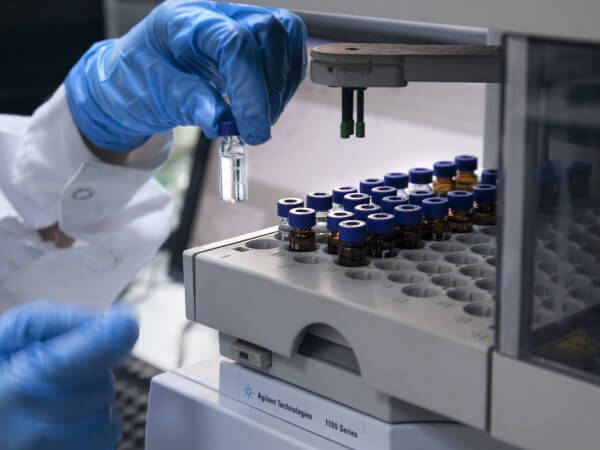Sign up for free
for our newsletter!
for our newsletter!

Loading...
Generally an excipient is a pharmacologically inactive substance used as a carrier for the active ingredient (API) of a medication. In many cases, an "active" substance may not be easily administered and absorbed by the human body; in such cases the substance in question may be dissolved into or mixed with an excipient. As Pharmaceutical Excipients are clearly defined in the ICH Q7A guidelines and by this the requirements for production of excipients are clearly defined. As well Cfm Oskar Tropitzsch GmbH supports its customers to find suitable production partners to fulfill the guidelines ICH Q7A even for very rare and/or small scale products (even g- or small kg-scale is not the limitating factor). Background: Pharmaceutical excipients are also sometimes used to bulk up formulations that contain very potent active ingredients, to allow for convenient and accurate dosage. In addition to their use in the single-dosage quantity, excipients can be used in the manufacturing process to aid in the handling of the active substance concerned. Depending on the route of administration, and form of medication, different excipients may be used. For oral administration tablets and capsules are used. Suppositories are used for rectal administration.
